The samurai, with their code of honor, Bushido, have long captivated audiences worldwide. These films not only showcase the martial prowess of these legendary warriors but also delve into their complex lives, exploring themes of loyalty, duty, and the clash between tradition and modernity. This curated list of samurai movies provides a cinematic journey through different eras and perspectives, offering both historical insights and thrilling action sequences. Whether you're a seasoned fan or a newcomer to the genre, these films are sure to entertain and enlighten.
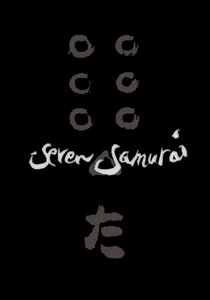
Seven Samurai (1954)
Description: Akira Kurosawa's masterpiece, this film tells the story of a village hiring seven ronin to protect them from bandits. It's a cornerstone of samurai cinema, influencing countless films worldwide.
Fact: The film was shot in black and white to give it a timeless feel. It was also one of the first Japanese films to gain international acclaim.
 Watch Now
Watch Now 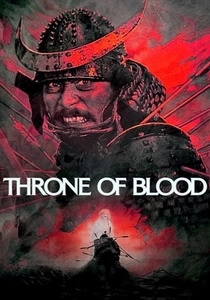
Throne of Blood (1957)
Description: Kurosawa's adaptation of Shakespeare's "Macbeth," set in feudal Japan, where ambition and betrayal lead to a tragic downfall.
Fact: The film uses Noh theater techniques for its dramatic scenes, giving it a unique visual style.
 Watch Now
Watch Now 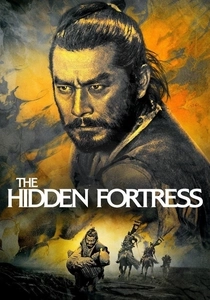
The Hidden Fortress (1958)
Description: This film, also by Kurosawa, follows two peasants who help a general and a princess escape from enemy territory. It inspired George Lucas for "Star Wars."
Fact: George Lucas has acknowledged the influence of this film on the narrative structure of "Star Wars."
 Watch Now
Watch Now 
Yojimbo (1961)
Description: Another Kurosawa classic, where a ronin manipulates two rival gangs in a small town. Its influence can be seen in Western cinema, notably in "A Fistful of Dollars."
Fact: The film was remade in Italy as "A Fistful of Dollars," sparking a lawsuit over copyright infringement.
 Watch Now
Watch Now 
Harakiri (1962)
Description: Directed by Masaki Kobayashi, this film explores the themes of honor and revenge through the story of a ronin who seeks to commit seppuku in a feudal lord's courtyard.
Fact: The film was remade in 2011 as "Hara-Kiri: Death of a Samurai."
 Watch Now
Watch Now 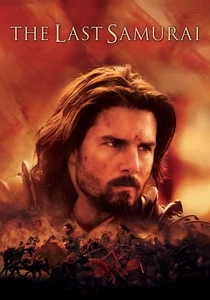
The Last Samurai (2003)
Description: Although not entirely historically accurate, this film captures the spirit of the samurai through the story of an American officer who becomes involved in the samurai rebellion.
Fact: The film was shot in New Zealand, with extensive use of CGI to replicate Japanese landscapes.
 Watch Now
Watch Now 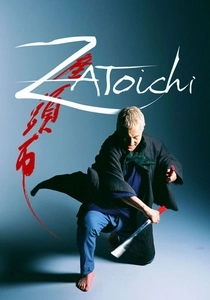
Zatoichi (2003)
Description: This film follows the blind masseur and swordsman Zatoichi, known for his extraordinary sword skills and gambling prowess, in a tale of revenge and justice.
Fact: The character Zatoichi has appeared in over 25 films and a TV series, making him one of the most iconic figures in Japanese cinema.
 Watch Now
Watch Now 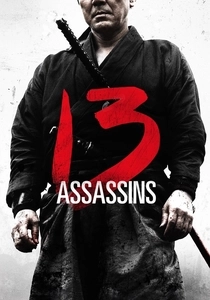
13 Assassins (2010)
Description: A group of samurai are tasked with assassinating a sadistic lord, leading to an epic final battle. This film is known for its intense action sequences.
Fact: It was a remake of a 1963 film by Eiichi Kudo.
 Watch Now
Watch Now 
Samurai Rebellion (1967)
Description: A tale of rebellion against a corrupt feudal system, this film showcases the moral dilemmas faced by samurai when duty conflicts with personal honor.
Fact: The film was nominated for the Golden Globe for Best Foreign Language Film.
 30 Days Free
30 Days Free 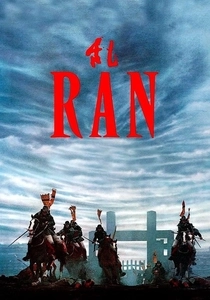
Ran (1985)
Description: A visually stunning epic, "Ran" is Kurosawa's take on "King Lear," where an aging warlord divides his kingdom among his three sons, leading to chaos.
Fact: It was the most expensive Japanese film ever made at the time of its release.
 30 Days Free
30 Days Free 








